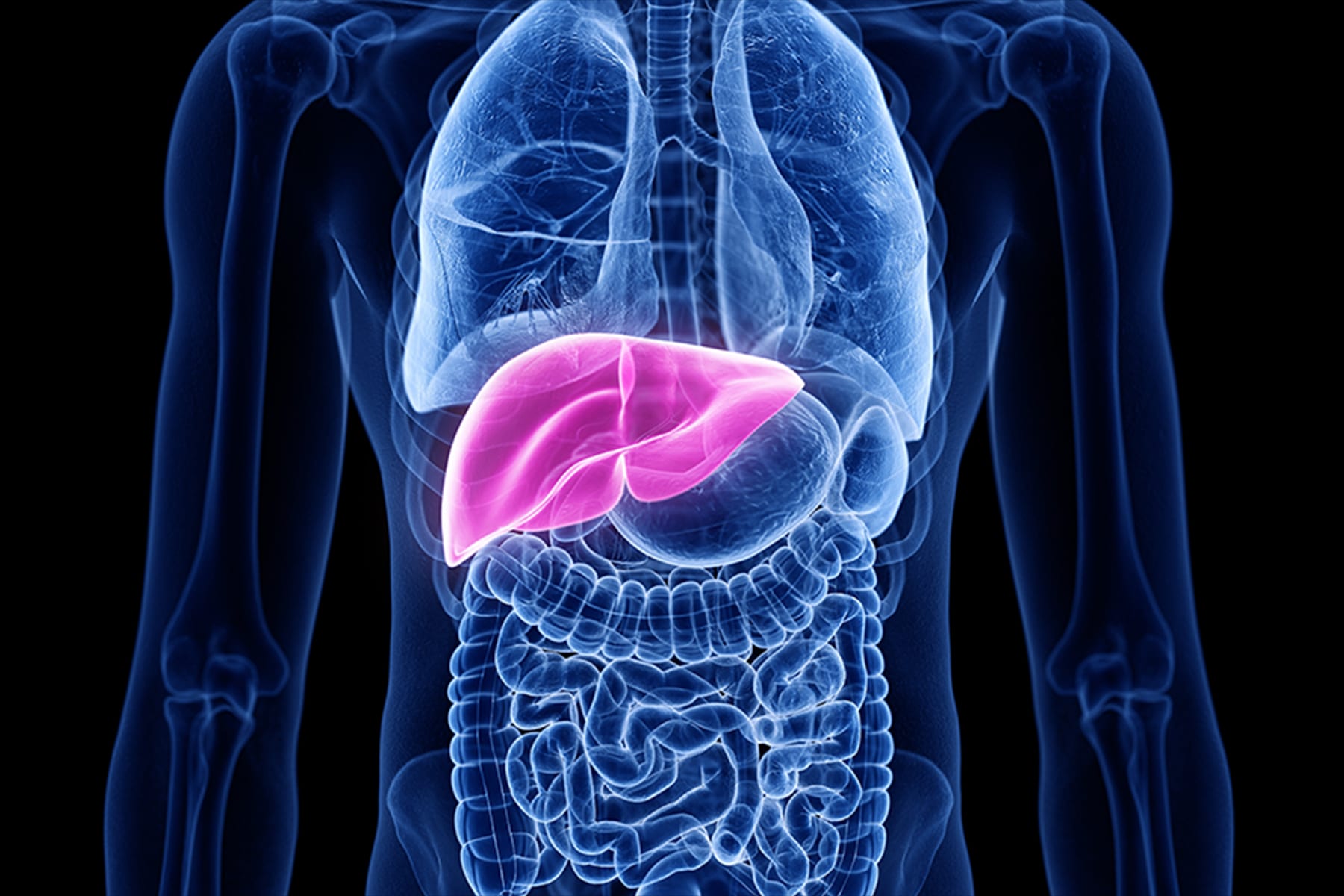
Evolving Treatment Landscape for NASH
Several biopharma companies are developing treatments for nonalcoholic steatohepatitis (NASH). Although some setbacks have occurred lately with disappointing data, promising data is being presented at the American Association for the Study of Liver Disease’s (AASLD) Liver Meeting. Dr. Rohit Loomba, an internationally-renowned expert in NASH, answers pressing questions and discusses research on 89bio’s investigational treatment, for which he serves on the Steering Committee of a mid-stage clinical trial. He is the Director of the UC San Diego NAFLD Research Center and Director of Hepatology at UC San Diego School of Medicine.
 Dr. Rohit Loomba, Director of the UC San Diego NAFLD Research Center and Director of Hepatology at UC San Diego School of Medicine
Dr. Rohit Loomba, Director of the UC San Diego NAFLD Research Center and Director of Hepatology at UC San Diego School of MedicineWhat is NASH and why should we be concerned about it?
Dr. Loomba: NASH is a chronic, progressive disease in which excess fat builds up in the liver, causing inflammation, liver cell injury and fibrosis (scarring). Most patients experience few or no symptoms until the very late stage. As a result, the disease progresses undetected for years or even decades, damaging the liver and leading to severe liver-related complications, including cirrhosis, which affects 15% to 20% of patients, liver failure and hepatocellular cancer (HCC). NASH-related cirrhosis and HCC are now the second leading causes of liver transplantation in the United States and are expected to become the leading causes in the coming decade.
NASH is increasing in prevalence largely due to the obesity epidemic and the rise in prevalence of Type 2 diabetes, insulin resistance and metabolic syndrome.
What is the current treatment for NASH and why has this disease been so difficult to address?
Dr. Loomba: Currently, no medicines are approved by the FDA to treat NASH, and patients must rely on treatment of co-morbidities and lifestyle changes, including diet and exercise to induce weight loss, and improvement of glycemic control with diet, exercise and medications in those with diabetes. Because NASH is a complex disease and its progression is thought to be multifactorial, treatment approaches require targeting different underlying pathologies. Several agents are in various stages of clinical trials; one promising approach involves targeting FGF21.
Tell us more about FGF21. Why do you think FGF21 could be the best treatment modality moving forward?
Dr. Loomba: Fibroblast growth factor 21 (FGF21) is an endocrine hormone that regulates glucose, lipid metabolism and energy expenditure. Clinical studies have shown that FGF21 reduces liver fat and impacts liver fibrosis, suggesting it could improve the liver and metabolic abnormalities associated with NASH. FGF21 is unique in that, in addition to addressing the liver manifestations, it works on the multiple co-morbidities that worsen NASH, such as high triglycerides and insulin resistance. Three FGF21 analog programs are in Phase 2 clinical trials, including BIO89-100, which is specifically engineered using glycoPEGylated technology to prolong the biological activity of FGF21.
Results from a clinical trial of BIO89-100 are being presented this weekend at The Liver Meeting. Can you tell us about the findings and why the data are significant?
Dr. Loomba: Results from the Phase 1b/2a clinical trial of BIO89-100 in patients with NASH will be presented as a late-breaker. This randomized, double-blind, placebo-controlled, multiple ascending dose-ranging study enrolled 81 patients. The data to be presented showed that BIO89-100 had strong efficacy and favorable tolerability with weekly and every two-week subcutaneous dosing.
Patients treated with BIO89-100 for 12 weeks had robust reductions in liver fat, as measured by MRI-PDFF, and key liver markers of injury, insulin resistance and serum biomarkers of fibrosis versus those in the placebo group. Specifically, patients treated with BIO89-100 saw up to 70% reduction in liver fat versus placebo, with 43% of patients at the highest dose of BIO89-100 achieving normal liver fat content of <5%. A responder analysis showed up to 88% of patients treated with BIO89-100 achieved ≥30% MRI-PDFF liver fat reduction, and up to 71% achieved ≥50% reduction in liver fat. These rates of relative reductions in liver fat have been correlated with liver histology benefits, including NASH resolution and NASH improvement. BIO89-100 also demonstrated a statistically significant benefit in key biomarkers of liver injury, with reductions of up to 44% in alanine aminotransferase (ALT), which has also been shown to correlate with improvements in histology in NASH. Key lipid parameters, including triglycerides and non-HDL and LDL cholesterol, significantly improved in the BIO89-100 treatment groups.
BIO89-100 had a favorable safety and tolerability profile and was well tolerated across the broad dose range tested in this study. Increased appetite, an adverse event seen with FGF21 analogs, was the only treatment-related adverse event occurring in ≥10% of pooled BIO89-10 patients. Additionally, BIO89-100 had a GI tolerability profile similar to placebo.
These findings add to a growing body of evidence demonstrating the potential of BIO89-100 for the treatment of NASH. The data highlight the promising clinical profile of BIO89-100 and its potential to be one of the leading FGF21 analogs in a class that could potentially become a key component of the treatment paradigm in NASH.
Why is BIO89-100 promising in NASH?
Dr. Loomba: In addition to robust efficacy data, BIO89-100 is associated with few GI adverse events. Low rates of diarrhea and nausea and no vomiting were reported in the Phase 1b/2a trial. Minimizing GI adverse events is important in a condition requiring chronic treatment, as poor GI tolerability could adversely affect patients’ quality of life, adherence to treatment, and clinical outcomes. BIO89-100 can be dosed either weekly or every two weeks. Offering patients a well-tolerated medicine with a less frequent dosing schedule will be important because NASH is chronic and often asymptomatic, and compliance will be important for long-term benefits.
What’s next for this investigational treatment?
Dr. Loomba: These results support advancing a comprehensive clinical development program for BIO89-100 in NASH to enable quick progression into assessment of liver histologic endpoints in a Phase 2b trial as part of a potential Phase 2b/3 program. That trial is planned to start in the first half of next year, and an expansion cohort in the Phase 1b/2a study is planned in the near-term to generate histology data in patients with NASH.
Learn more about 89bio and its development of BIO89-100 in NASH here.